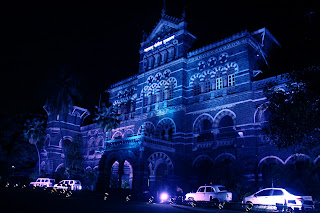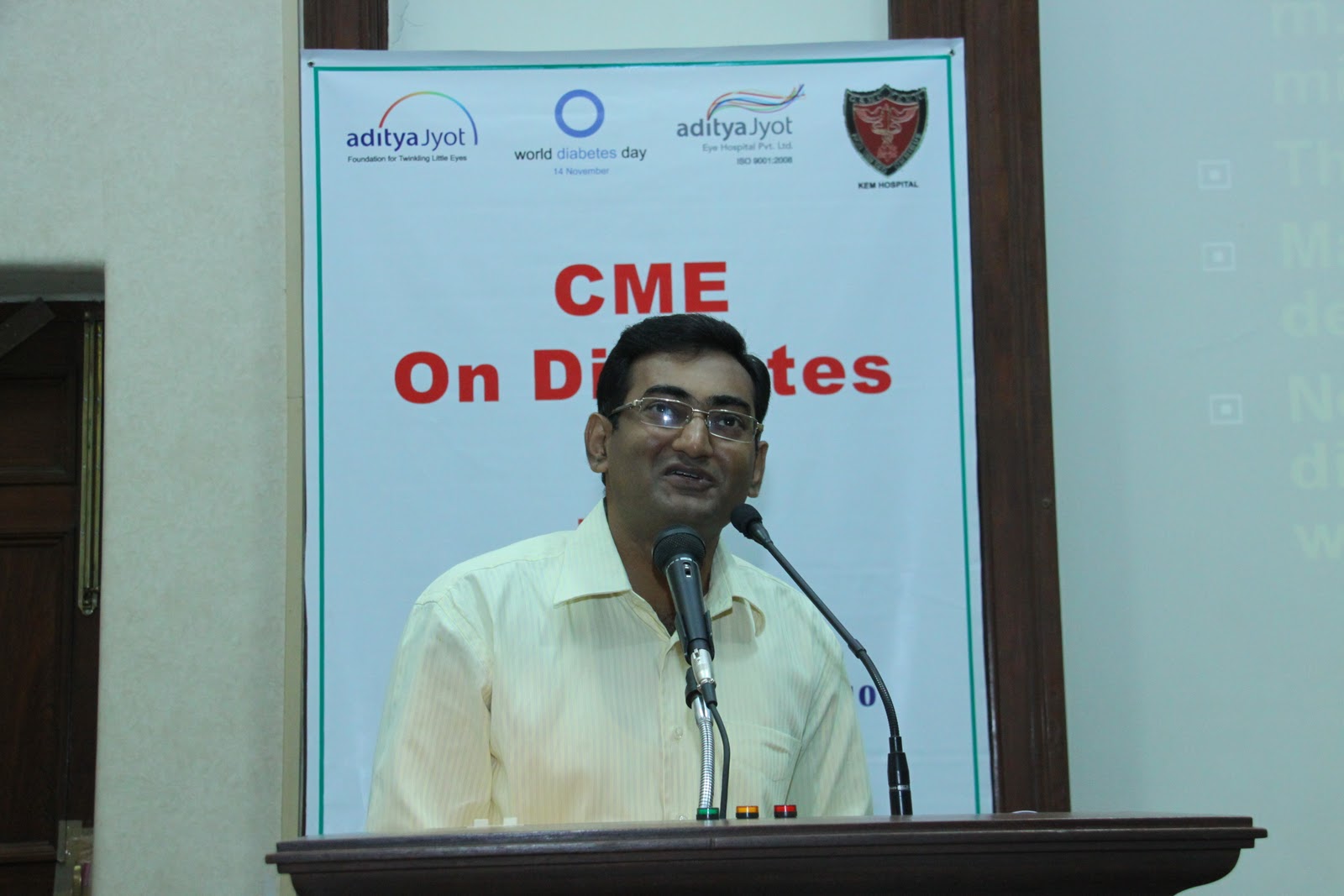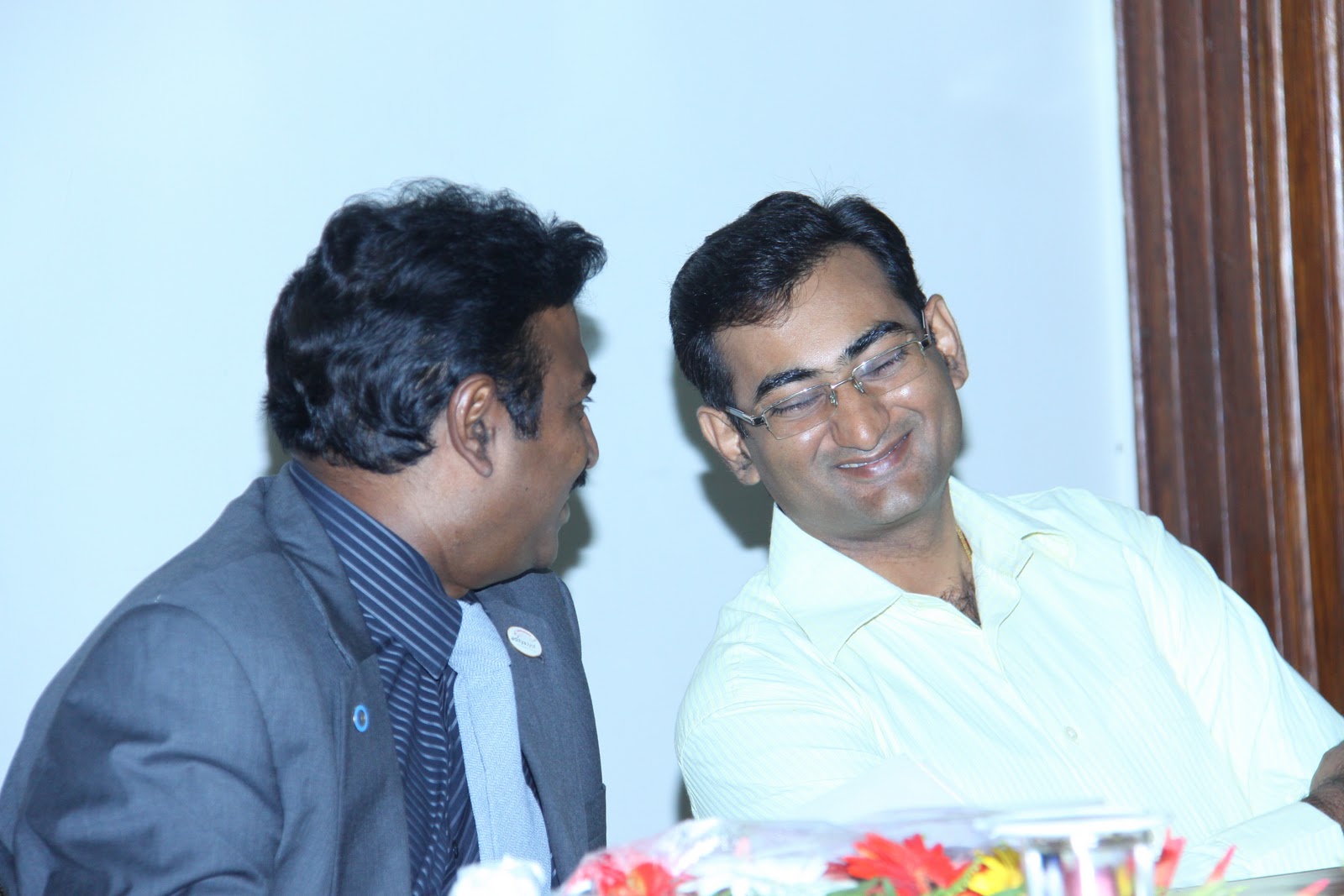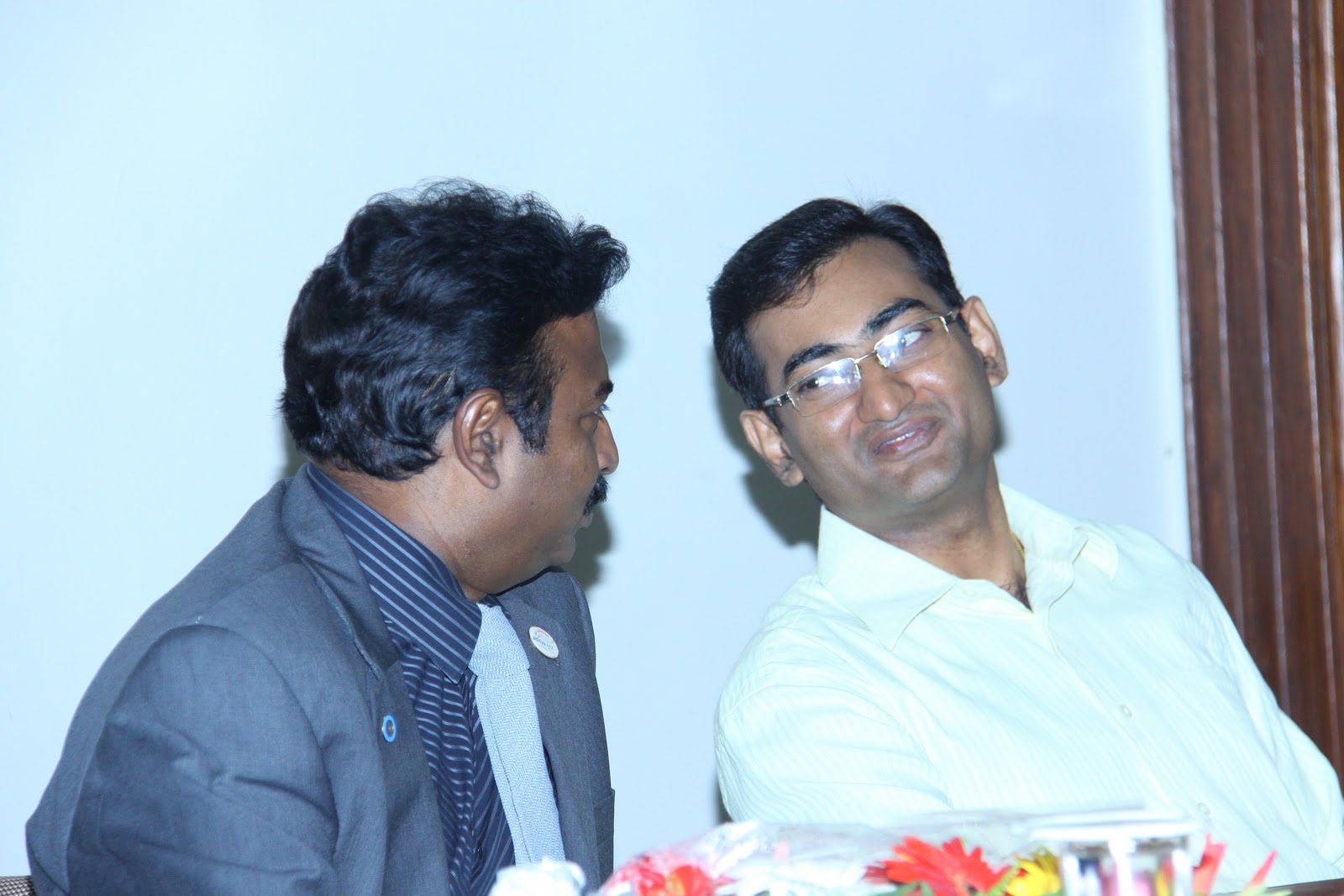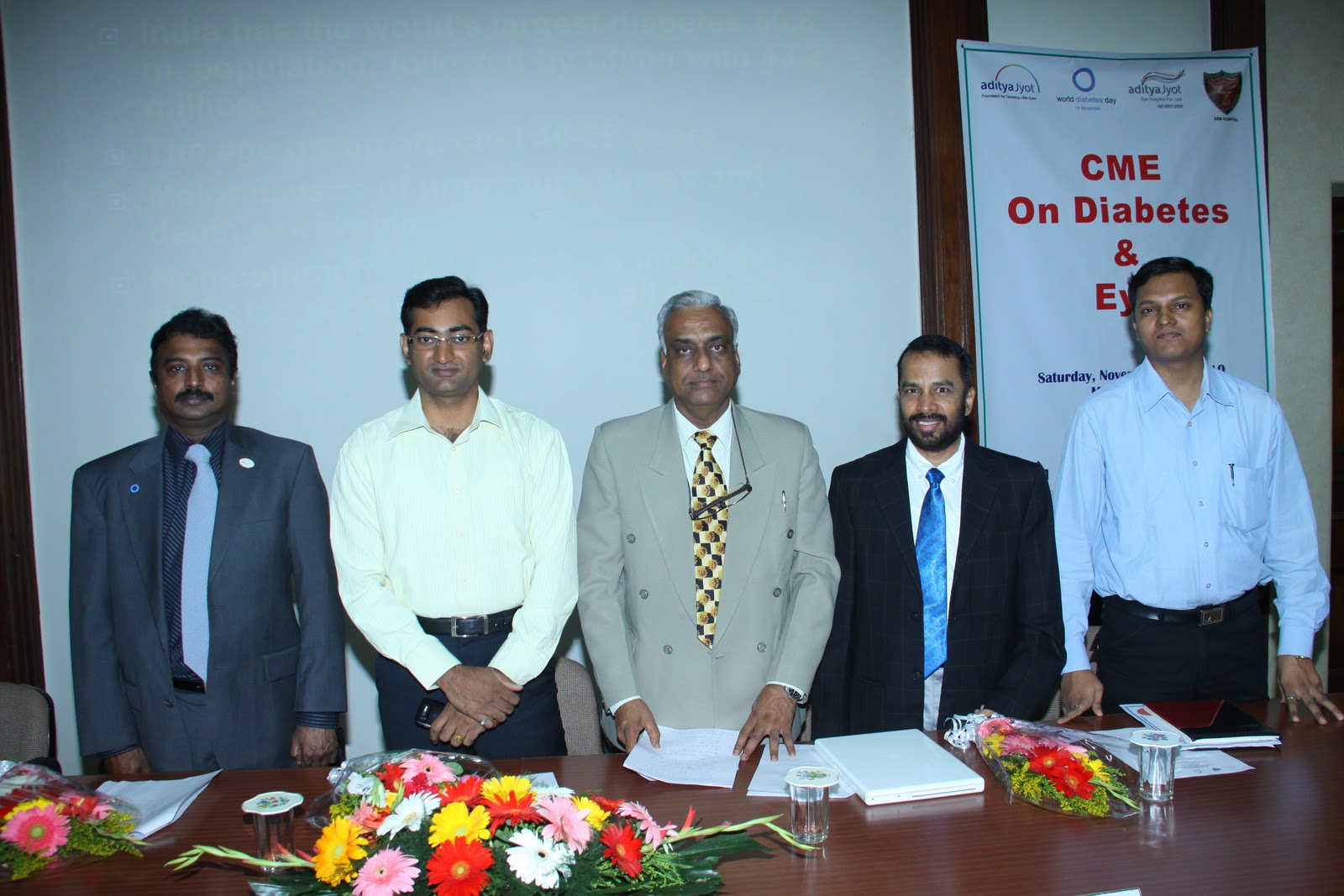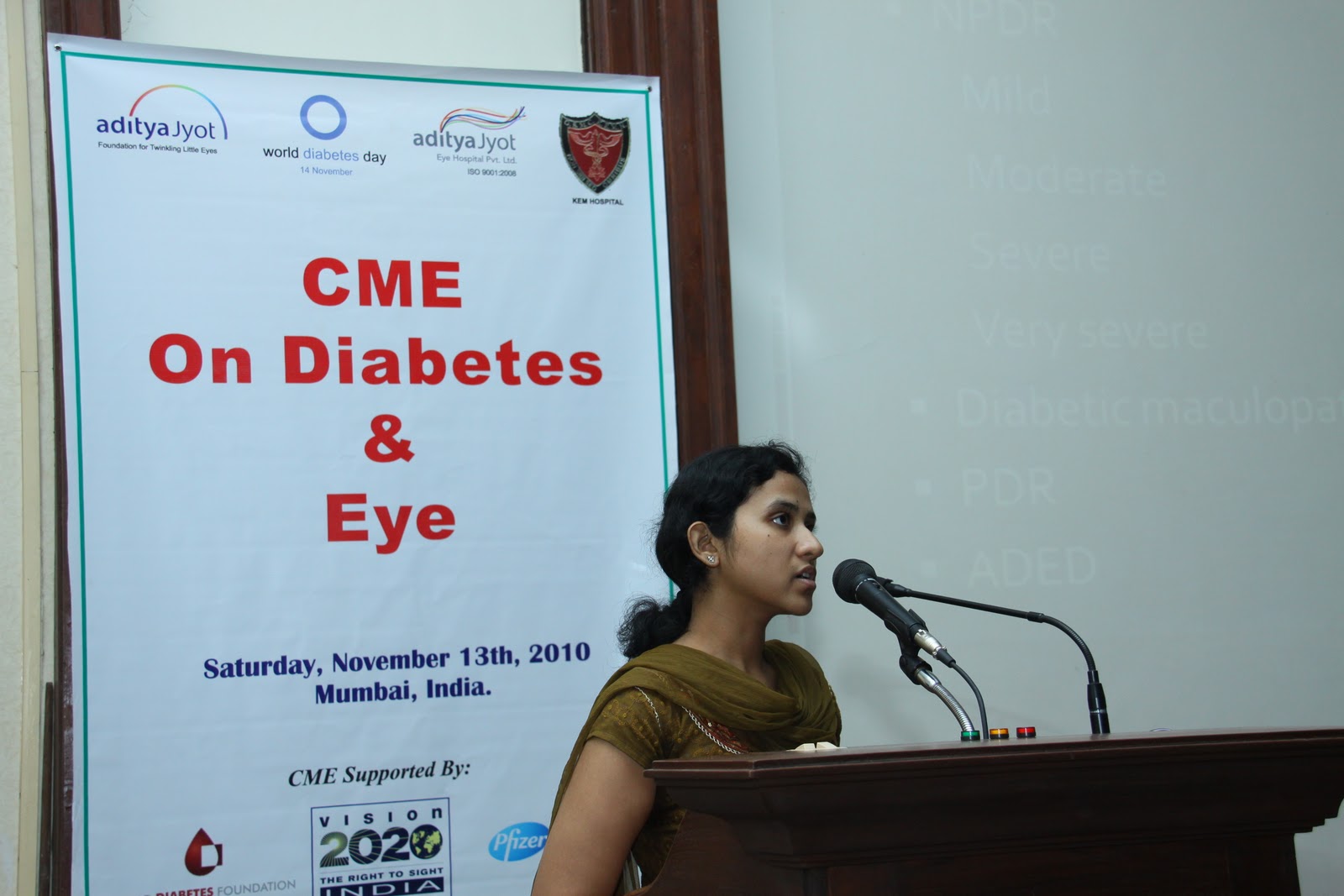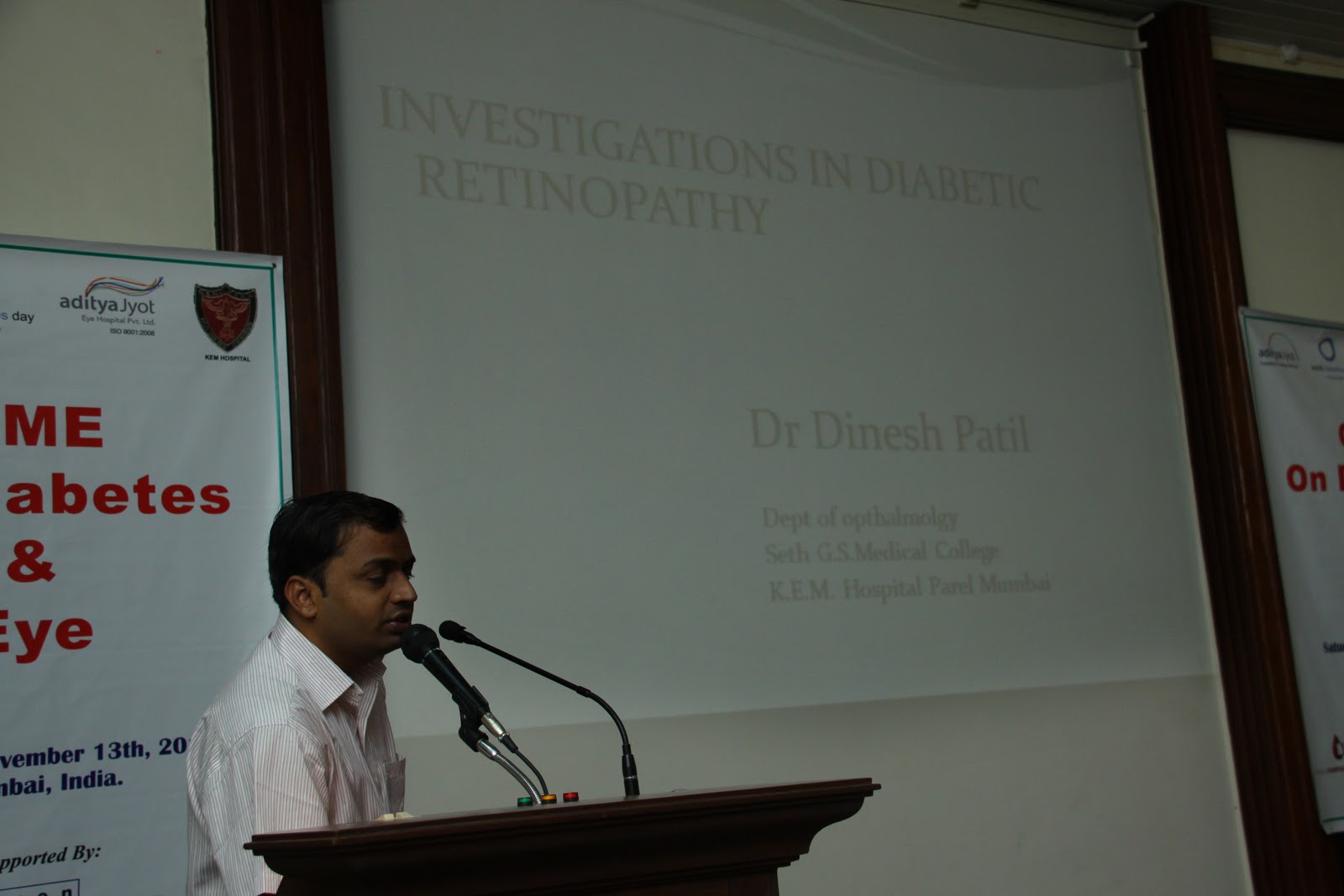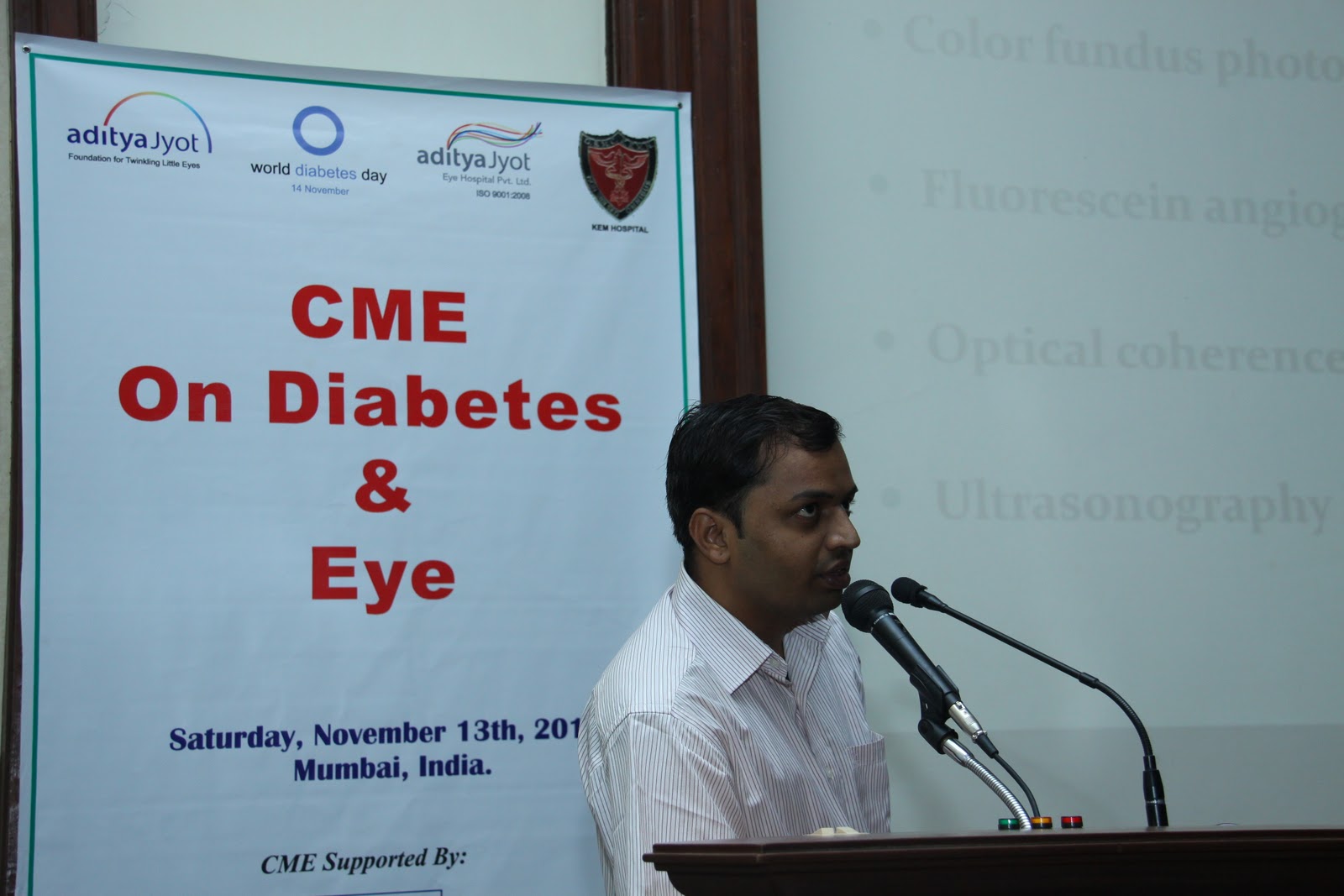Experts discuss ocular trauma treatment MARIA ELIZA FONTANILLA
DOHA EXPERTS from the United States, Europe and the Middle East discussed the increasing rate of ocular trauma among the young and middle-aged population, at the second Qatar Ophthalmology Conference, hosted by Hamad Medical Corporation (HMC), which concluded on Saturday.
Ocular trauma or eye injury is one of the most common causes of visual disability in the age group of six and 35 years.
In her welcome speech, Dr Fatima al Mansouri, chairperson of the conference and head of ophthalmology department at HMC, explained the reason for the them of the conference.
She said: “About half a million post-ocular-trauma blindness cases takes place worldwide.
More importantly, 90 percent of these cases occur due to exposure to risks that could have been controlled with simple and effective occupational safety procedures, proper health education or driving precautions.
“What makes this health problem more devastating is that it affects the young and middle age groups, which are the most productive age segments in any community.” She spoke of the need for effective management procedures to prevent complications.
“When the rate of ocular trauma increases without any effective controlling measures, ocular disability rates increase, imposing a burden on individuals and communities alike,” she said.
Dr Szilard Kiss, assistant professor of ophthalmology and director of clinical research at Weill Cornell Medical Center in New York City, talked about high resolution optical coherence tomography – general principles and application to eyes following trauma, and retinal surgery in post traumatic eye with poor vision.
Speaking to mediapersons, Dr Kiss said that surgery of eyes with poor vision is very important and beneficial.
“There is benefit in undergoing a surgery and gaining the vision back after the trauma.
Even if a patient has no light perception, about 20 percent of patients may regain useful vision from an injured eye.
We can rehabilitate a good percentage of these eyes.
Hope is never lost even if the eye looks very bad and the vision is very poor.” He explained the principle of surgery through a balloon: “Think of the eye as a balloon and the balloon bursts.
Three things occur: there will be a cut in the eye, the eye is going to be malformed and some of the parts inside the eye come out.
Initially, we have to put everything back and reform the shape of the eye.
Final vision rehabilitation is carried out through second and third surgery.
We rehabilitate the eye as much as we can to maximise the visual potential,” he said.
Dr Fathy el Sayyad of Misr University for Science and Technology in Cairo, Egypt said trauma was a leading cause of secondary glaucoma and blindness,.
Prof Mostafa Nabih of Cairo University made a presentation on primary repair and management of traumatic lens damage, and implantation of iris prosthesis lens.
Other international speakers included Dr Cesare Forlini (Italy), Dr Sundaram Natarajan (India) and Dr Khalid al Sabti (Kuwait).
Local speakers were Dr Omar al Qahtani, Dr Badria al Malki, and Dr Osman Mohammed.
DOHA EXPERTS from the United States, Europe and the Middle East discussed the increasing rate of ocular trauma among the young and middle-aged population, at the second Qatar Ophthalmology Conference, hosted by Hamad Medical Corporation (HMC), which concluded on Saturday.
Ocular trauma or eye injury is one of the most common causes of visual disability in the age group of six and 35 years.
In her welcome speech, Dr Fatima al Mansouri, chairperson of the conference and head of ophthalmology department at HMC, explained the reason for the them of the conference.
She said: “About half a million post-ocular-trauma blindness cases takes place worldwide.
More importantly, 90 percent of these cases occur due to exposure to risks that could have been controlled with simple and effective occupational safety procedures, proper health education or driving precautions.
“What makes this health problem more devastating is that it affects the young and middle age groups, which are the most productive age segments in any community.” She spoke of the need for effective management procedures to prevent complications.
“When the rate of ocular trauma increases without any effective controlling measures, ocular disability rates increase, imposing a burden on individuals and communities alike,” she said.
Dr Szilard Kiss, assistant professor of ophthalmology and director of clinical research at Weill Cornell Medical Center in New York City, talked about high resolution optical coherence tomography – general principles and application to eyes following trauma, and retinal surgery in post traumatic eye with poor vision.
Speaking to mediapersons, Dr Kiss said that surgery of eyes with poor vision is very important and beneficial.
“There is benefit in undergoing a surgery and gaining the vision back after the trauma.
Even if a patient has no light perception, about 20 percent of patients may regain useful vision from an injured eye.
We can rehabilitate a good percentage of these eyes.
Hope is never lost even if the eye looks very bad and the vision is very poor.” He explained the principle of surgery through a balloon: “Think of the eye as a balloon and the balloon bursts.
Three things occur: there will be a cut in the eye, the eye is going to be malformed and some of the parts inside the eye come out.
Initially, we have to put everything back and reform the shape of the eye.
Final vision rehabilitation is carried out through second and third surgery.
We rehabilitate the eye as much as we can to maximise the visual potential,” he said.
Dr Fathy el Sayyad of Misr University for Science and Technology in Cairo, Egypt said trauma was a leading cause of secondary glaucoma and blindness,.
Prof Mostafa Nabih of Cairo University made a presentation on primary repair and management of traumatic lens damage, and implantation of iris prosthesis lens.
Other international speakers included Dr Cesare Forlini (Italy), Dr Sundaram Natarajan (India) and Dr Khalid al Sabti (Kuwait).
Local speakers were Dr Omar al Qahtani, Dr Badria al Malki, and Dr Osman Mohammed.























